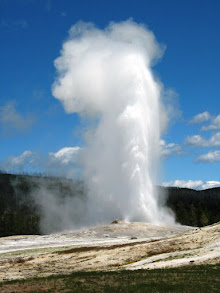The world’s most experienced travelers shared their insights and
expectations for destination preferences, modes of transportation, and
decision-making criteria in the Global Rescue Traveler Sentiment and Safety Survey.
In a nearly unanimous response, domestic travel is “IN” but
travelers are closely split when it comes to international travel. Fifty-eight
percent of survey-takers say international travel is “OUT” while 42% say
foreign trips are “IN.” Sedona, Arizona
Air and automobile travel are considered “IN” but large ship
cruises are overwhelmingly “OUT.” One survey-taker said, “cruises are still
out, except for smaller river cruises” AMA Serena, a river cruise ship
Travelers are basing their destinations on new, pandemic-related
criteria. Locations with low-COVID-19 infection rates are, understandably,
preferred over regions with high-COVID-19 infection incidents. “Countries and
states with good, clear COVID-19 management, vaccination protocols and medical
response plans are IN. Avoiding states and countries where COVID-19 education
and vaccinations responses have lagged are OUT,” said one respondent.
Old Faithful, Yellowstone
National Park
On another level, travelers are seeking uncrowded, remote or
outdoor places to go. Historically, popular destinations are still in play if
the COVID-19 rates are low [CDC COVID-19 Tracker]. Metropolitan areas in
popular countries are generally “OUT” but cities with open spaces or located in
less frequented areas are thought to be a viable option. “Out are large cities
with no exposure to outdoor recreation,” said another respondent.
Travelers are expecting to plan trips to more remote
destinations, especially if it’s outside. But most are careful to point out
that remote destinations are “OUT” if the local medical facilities are
non-existent or insufficient to provide care for complicated injuries or
illnesses, like COVID-19. “I would feel safe traveling internationally if I
traveled to a country with modern medical facilities, a low COVID-19 rate, and
available hospital beds if I had a medical problem while traveling,” said a
respondent.
This
post was provided by Bill McIntyre at bmcintyre@globalrescue.com Global Rescue is the world’s leading provider of
medical, security, evacuation and travel risk management services to
enterprises, governments and individuals. www.globalrescue.com











No comments:
Post a Comment